Hampton Bay Glendale III 52 in. LED Indoor Brushed Nickel Ceiling Fan with Light and Pull Chains
52 in. brushed nickel ceiling fan with 5-reversible blades. Includes pull chain, frosted glass shades, and downrod. Three-speed reversible motor for all year comfort.
The Hampton Bay Glendale III Brushed Nickel Ceiling Fan features a brushed nickel finish and 5 reversible molasses maple/applewood blades for a handsome transitional look that complements a variety of home decor. The fan offers 3-speed reversible control so you can easily control the speed and airflow. The Glendale III also includes a 3-Light kit with frosted twist-and-lock glass shades and easy operation by use of pull chains.
- 5 reversible molasses maple/applewood blades
- 3-light kit with frosted glass
- Three 9-Watt LED bulbs included
- Twist-and-lock shade installation method makes it easier to install and conceal hardware
- 3-speed reversible control
- Tri-mount installation for standard, sloped and flush mount application
- Large room: room size over 12 ft. x 12 ft. to 18 ft. x 18 ft. with blade span of 52 in.
- 4.5 in. ceiling fan extension downrod with 3/4 in. Dia included
- Designed for indoor use only
- Lifetime motor warranty
Additional information
| Dimensions | H 18.9 in, W 52 in, D 52 in |
|---|---|
| Downrod Length (in.) | 4.5 |
| Fan Blade Length (In.) | 20.87 |
| Fan Blade Span (in.) | 52 |
| Fan Blade Width (In.) | 4.92 |
| Certifications and Listings | UL Listed |
| Manufacturer Warranty | Lifetime Motor |

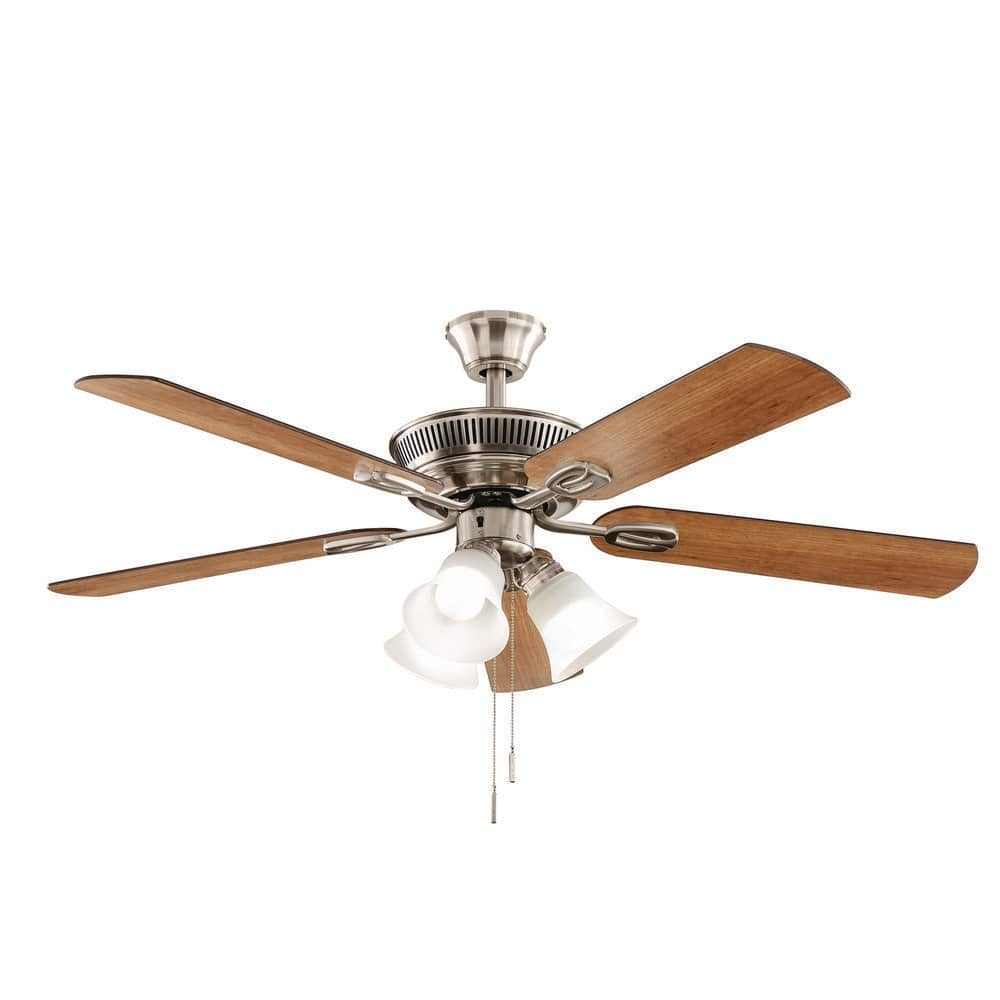
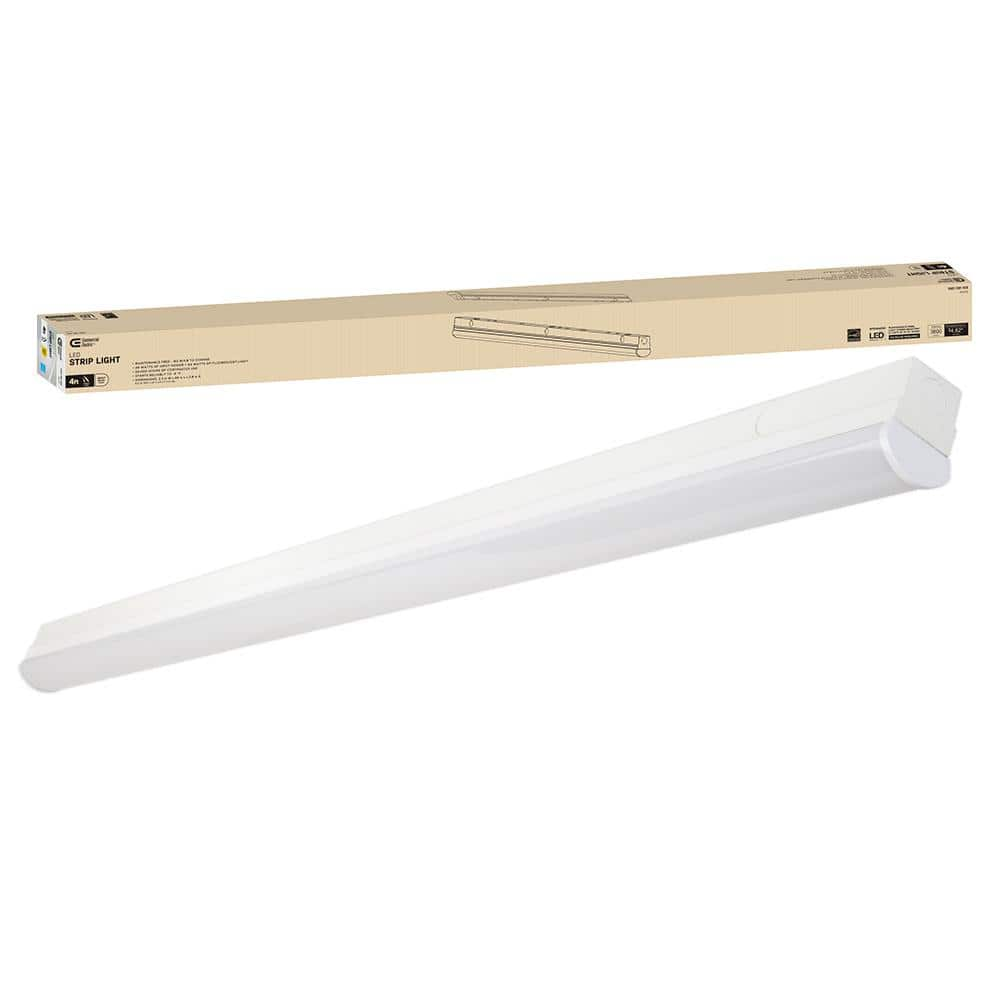
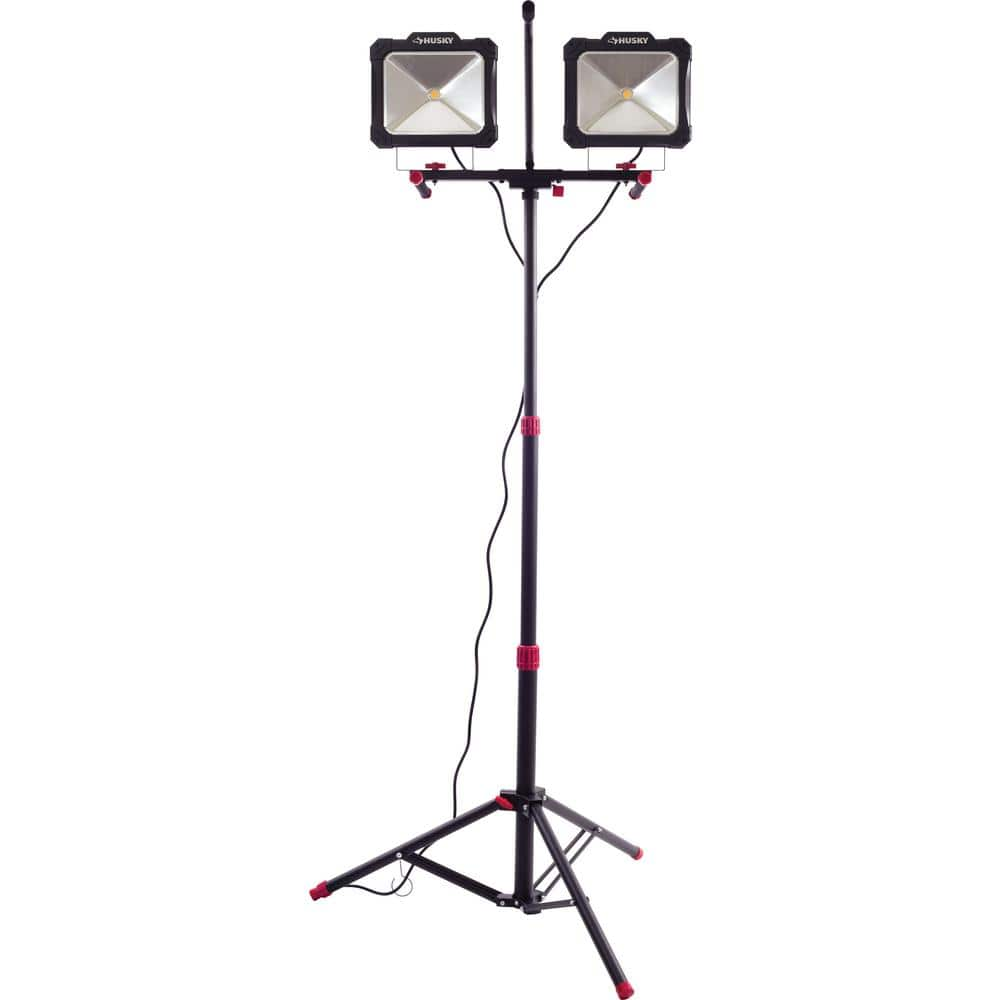
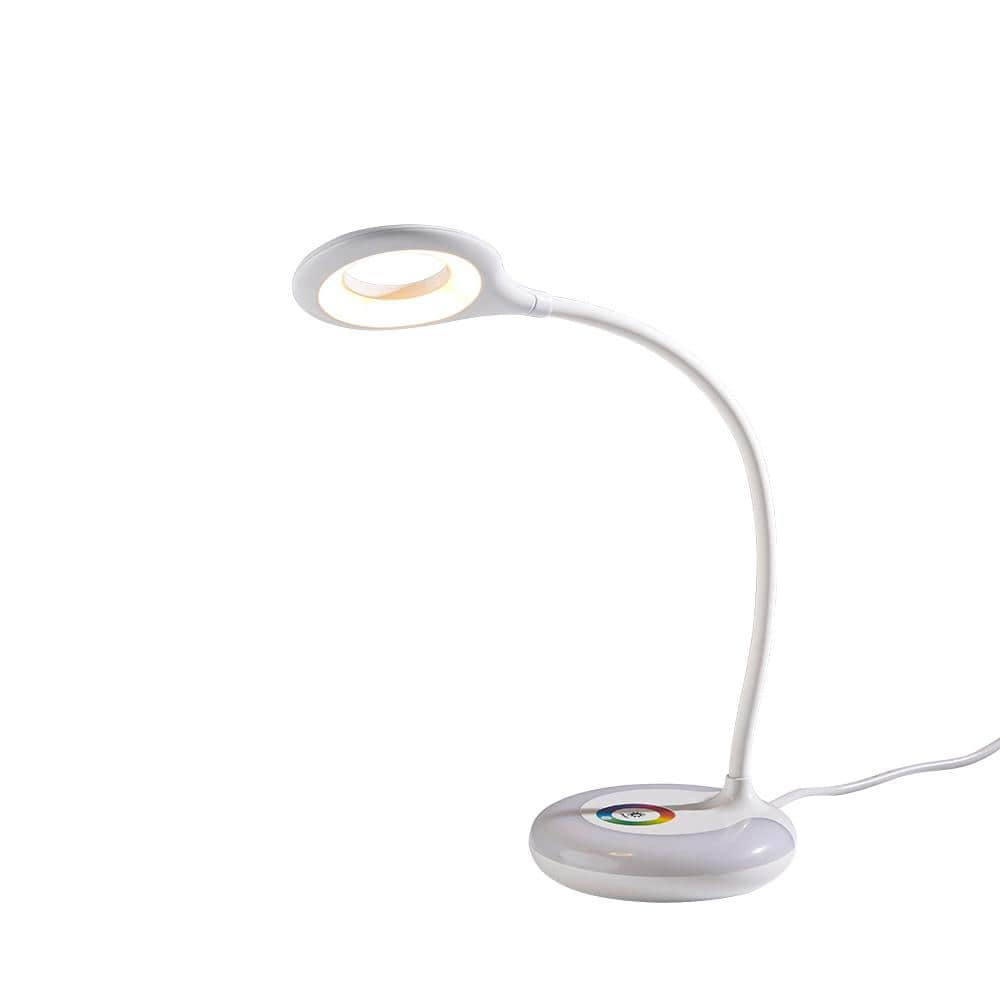
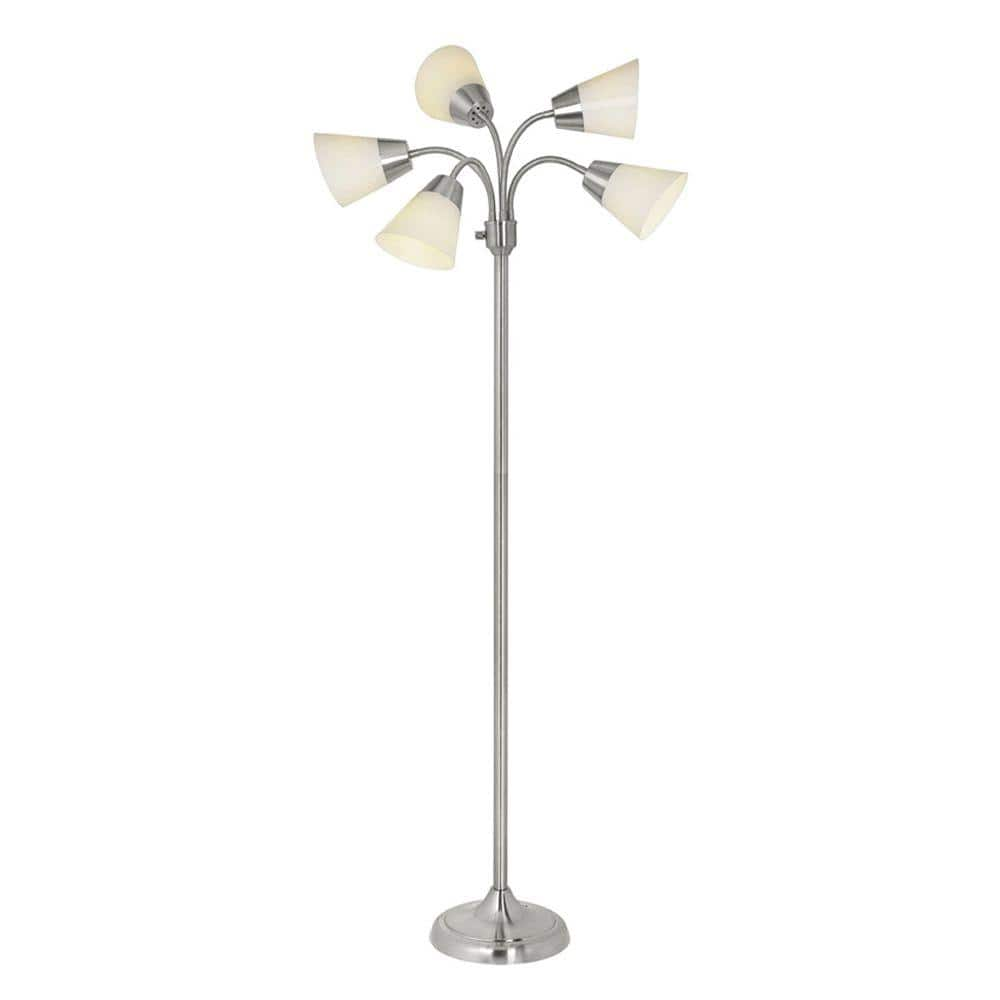
by Linda
I like that it is sleek but the motor is not as quiet as I thought it would be.
by Chris
I like that it is sleek but the motor is not as quiet as I thought it would be.
by Amy
The fan is well-balanced and quiet. I wish the lights worked independently of one another, but overall am very pleased. I highly recommend.
by Deborah
Great ceiling fan 4 the price!!